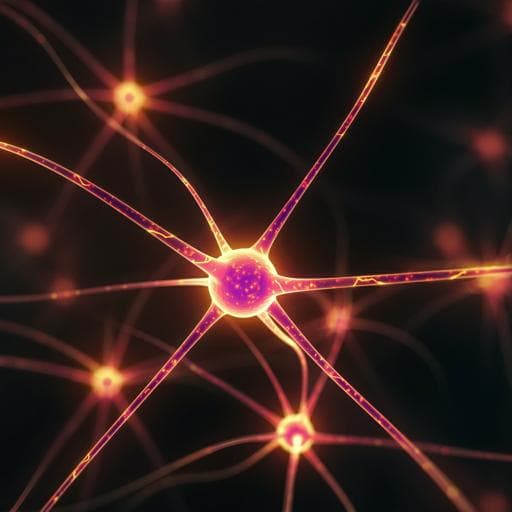
Medicine and Health
STAT3 in the dorsal raphe gates behavioural reactivity and regulates gene networks associated with psychopathology
S. N. Reisinger, S. Sideromenos, et al.
This groundbreaking research by Sonali N. Reisinger and colleagues reveals how signal transducer and activator of transcription 3 (STAT3) in the midbrain serotonergic system influences emotional behavior in mice. By manipulating STAT3 expression, the team observed remarkable reductions in negative behavioral reactivity and fascinating changes in serotonergic neuronal activity, shedding light on the molecular mechanisms behind psychopathology.
~3 min • Beginner • English
Related Publications
Explore these studies to deepen your understanding of the subject.







